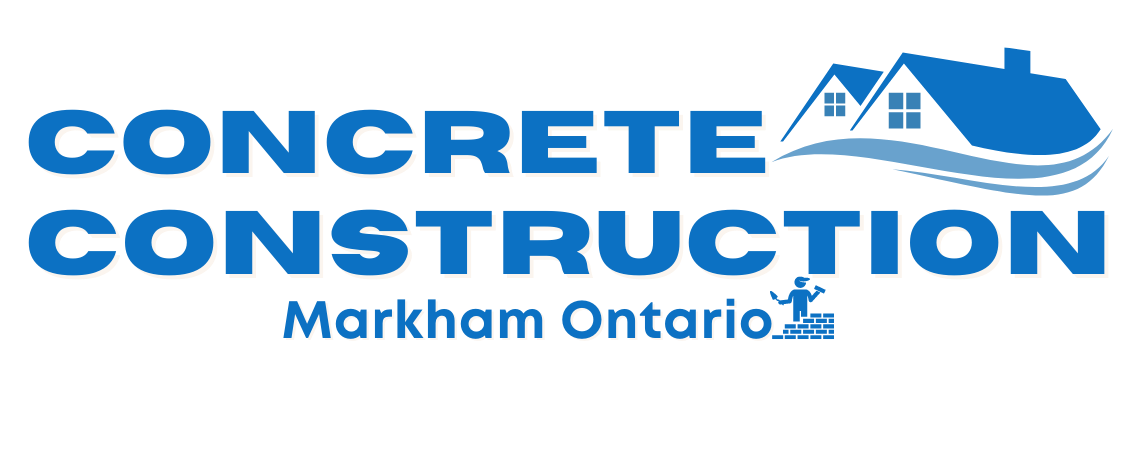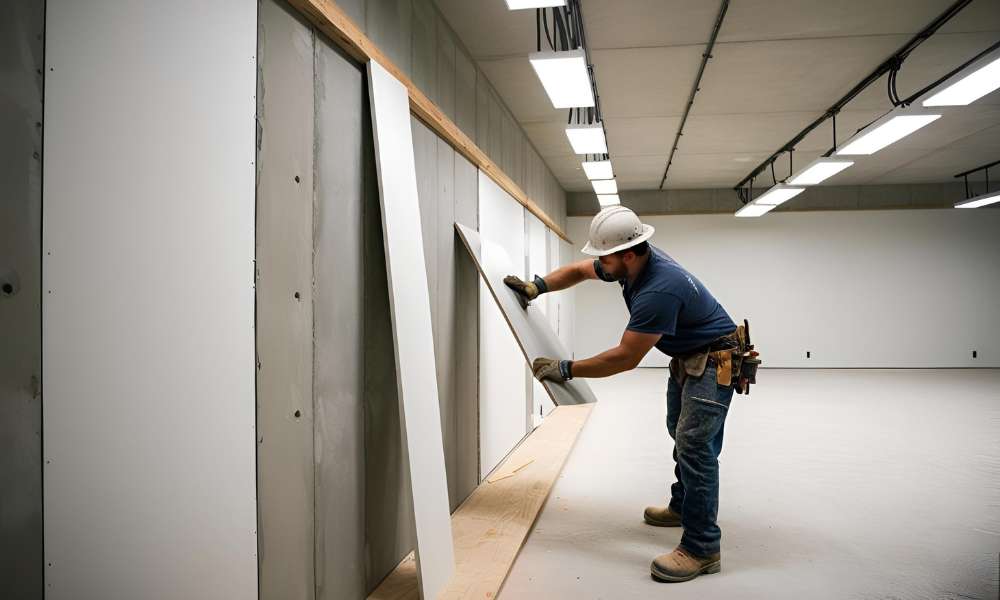Attaching drywall to concrete can be a challenging task, especially for those unfamiliar with working on masonry surfaces. Unlike wood framing, concrete offers no natural grip for screws, and its dense, often uneven texture requires specific tools and techniques. Whether you’re finishing a basement or remodeling a garage, understanding how to attach drywall to concrete is essential for a long-lasting and professional-looking result.
Choosing the right installation method—whether it’s using furring strips, construction adhesive, or masonry fasteners—directly affects the durability, safety, and appearance of your finished wall. The wrong choice can lead to moisture problems, poor adhesion, or cracking over time.
This guide is designed for DIYers, homeowners, and contractors who want to learn the safest and most effective approaches to drywall installation on concrete. We’ll walk you through multiple methods step by step, offering expert tips to help you achieve a secure and smooth finish that stands the test of time.
Preparation: Inspect and Clean the Concrete Surface
Proper preparation is key when planning to attach drywall to concrete. Start by thoroughly inspecting the wall for any signs of moisture, cracks, or uneven surfaces. Use a moisture meter to detect damp areas, as drywall should never be installed on a wet or leaking wall. Check for structural cracks and patch them using concrete filler. Once the surface is sound, clean it thoroughly to remove dust, grease, or debris using a stiff brush and mild detergent. A clean and dry surface ensures better bonding whether you’re using adhesive or fasteners. This step helps prevent future issues like mold growth or drywall separation. Taking the time to prep a concrete wall for drywall not only ensures a stronger attachment but also prolongs the lifespan of your installation. Don’t skip this crucial step when learning how to clean concrete for drywall install—it’s the foundation for a smooth, professional finish.
Method 1: Using Furring Strips
Furring strips are thin, narrow pieces of wood or metal used to create a level surface for attaching drywall to uneven or solid walls like concrete. They’re especially useful when the wall is not perfectly flat or when you need space for insulation, wiring, or plumbing. Using furring strips for drywall on concrete provides a secure and adjustable framework that simplifies the drywall installation process.
Step-by-step instructions:
- Measure and mark vertical lines on the concrete wall, spaced 16 or 24 inches apart.
- Use a hammer drill to create pilot holes for the masonry anchors or screws.
- Attach the furring strips vertically to the wall using concrete screws or anchors.
- Once the strips are secure, align your drywall sheets horizontally and screw them into the wooden furring strips using drywall screws.
| Pros | Cons |
| Creates a solid, level surface for drywall installation | Reduces interior space slightly due to added thickness |
| Allows room for insulation, wiring, and plumbing behind drywall | Requires more time and labor compared to adhesive methods |
| Ideal for uneven or rough concrete surfaces | Additional cost for wood, fasteners, and tools |
| Easier to secure drywall using standard drywall screws | Must drill into concrete, which requires proper tools and safety gear |
| Improves moisture protection when combined with vapor barriers | Not ideal for very tight or small spaces |
Method 2: Using Construction Adhesive
Attaching drywall with adhesive is a simple, drill-free method ideal for smooth concrete surfaces. To glue drywall to concrete, start by thoroughly cleaning and drying the wall. Any dust, grease, or moisture can weaken the bond. Choose a high-quality drywall adhesive for concrete walls—look for a product rated for masonry or concrete applications.
How to apply adhesive:
- Lay the drywall panel flat and apply the adhesive in vertical zigzag or dot patterns on the back.
- Alternatively, apply adhesive directly onto the concrete wall in evenly spaced sections.
- Press the drywall panel firmly against the concrete, ensuring full contact.
- Use temporary supports like braces or shims to hold the panel in place as the adhesive cures.
Method 3: Direct Attachment with Masonry Screws or Nails
If you prefer a direct and durable approach, you can attach drywall with masonry screws or nails straight to the concrete wall. This method works best on clean, dry, and relatively flat concrete surfaces. It eliminates the need for furring strips or adhesive but requires careful drilling and anchoring to ensure a secure fit.
How to do it:
- Position the drywall panel against the concrete wall and mark pilot hole locations.
- Remove the panel and drill pilot holes into the concrete using a hammer drill and a masonry bit.
- Place concrete wall drywall anchors or use masonry screws directly through the drywall into the pre-drilled holes.
- Reposition the drywall and fasten it securely, ensuring screws are flush with the surface.
Finishing Touches
Once the drywall is securely in place, it’s time to finish drywall on a concrete wall to achieve a clean, polished look. Begin by applying drywall tape over all seams and joints using a taping knife. Next, spread a thin layer of joint compound (mud) over the tape and screw holes. Allow it to dry completely, then sand it smooth using fine-grit sandpaper. Repeat the mudding and sanding process as needed to eliminate visible seams or imperfections.
After sanding, inspect for gaps, cracks, or misalignments—especially around edges, corners, and where panels meet. Fill any flaws with additional joint compound and smooth them out for a seamless finish. Ensure corners are crisp and edges are flush with surrounding surfaces.
Finally, prepare the drywall for painting or wallpaper by wiping down all surfaces to remove dust. Apply a drywall primer to seal the surface and ensure even paint coverage. These final steps will help you achieve a smooth drywall after install, ready for your desired finish.
Read more: How to Repair A Hole in Drywall
Conclusion
Knowing how to attach drywall to concrete can help you transform unfinished spaces into comfortable, attractive rooms. Whether you use furring strips for added stability and insulation or choose direct adhesive and screws for a faster solution, careful preparation is essential to achieving the best results.
If you’re unsure about the right method or tools for your project, consider consulting a professional to ensure success. Have you tried to attach drywall to concrete before? Feel free to share your tips or ask questions in the comments below.

